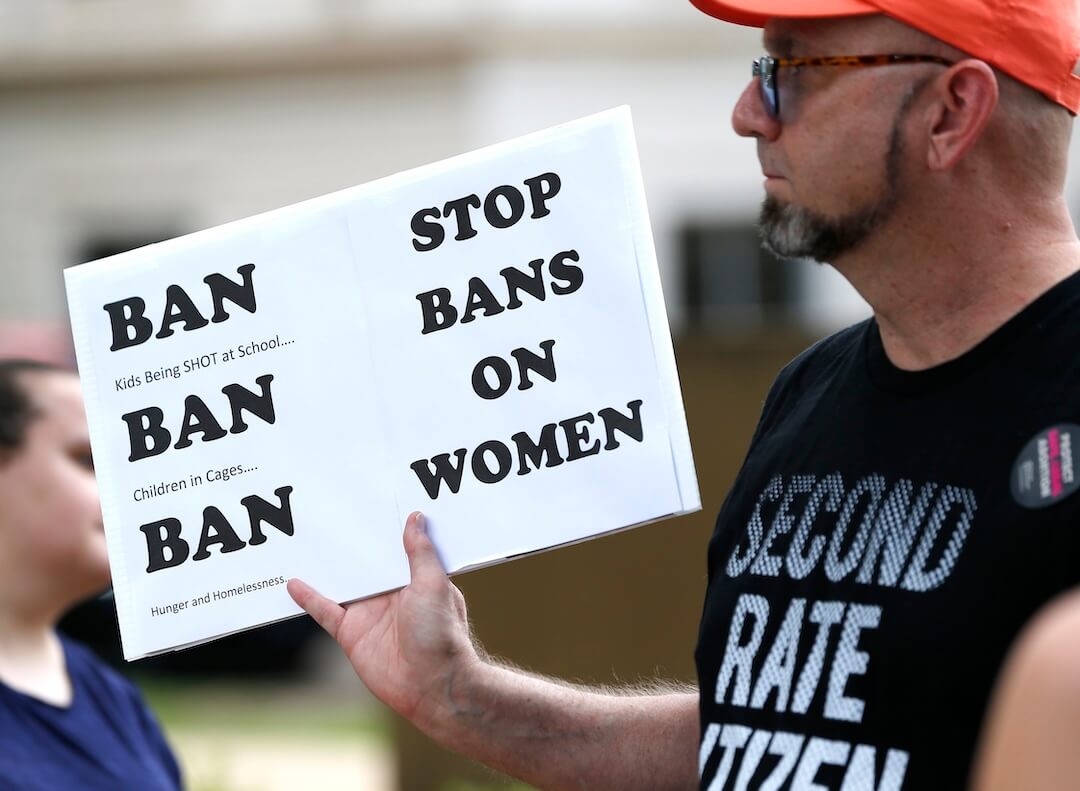Every column begins the same way: “To reach Mary Sanchez call (816) 234-4752 or send e-mail to msanchez@kcstar.com.”
The line is printed at the end of each column. But it is the first thing I type, a recognition of the information’s importance.
Editors want writers to be accessible to readers, a reasonable request.
The Kansas City Star began listing direct phone lines and e-mail addresses at the bottom of all stories and columns several years ago. Other papers have similar rules. But what about the need to be inaccessible? What about the privacy of a reporter?
As a syndicated columnist, my desire to draw a line between work and my personal life has increased. I am not only a byline, but a recognizable face, my photo affixed to every column. Thankfully, nothing has occurred — save for the discomfort of being verbally accosted in public by a disgruntled reader.
But in my years of reporting there have been a few unnerving incidents:
- The abortion protester who called to let me know he took down my license plate number and car type.
- The Ku Klux Klan leader who, as a young reporter, I naïvely called from my home phone. I got an interview. He, with caller ID, got my home number.
- The reader who used to wait somewhere near the building as I arrived for work. He liked to call me at my desk and describe, in detail, what I was wearing that day.
- And the rabidly anti-homosexual preacher who pickets the building from time to time, upset with my pro-gay rights columns.
Ask around the newsroom. Most reporters have stories of being hassled and sometimes even stalked by a source or a reader.
This is not something I recall learning about in journalism school. Yet it is an important topic, especially for young female reporters who might find themselves with the attention of an unwanted suitor/source.
The scariest story I heard came from Barbara Shelly, an editorial writer for The Star.
In 1992, Shelly wrote an article about a religious group often used as a guise for gang members who want to meet while in prison. As members of a religion, they gain the right to meet, even while incarcerated. Shelly’s piece angered a man who disliked her characterization of the group.
He was a convicted murderer.
The man stormed into The Star building, brandishing what turned out to be a toy gun. The director of personnel didn’t know the gun was fake when the man entered his office, demanding to see Shelly.
The man fled. Police were called. Shelly wasn’t in the building. She had just left for maternity leave.
“I was about to give birth,” Shelly recalled. Not the optimum time to be stalked.
The man appeared at the paper again that night. Turned out, he was a former mailroom employee and knew the building well. He had been fired for beating up a co-worker.
Shelly and her husband left their home and stayed in a hotel. A police guard was assigned.
“I really just wanted to be left alone in peace and quiet,” Shelly said. Three days later, after a day-long labor, her son was born.
“The doctor said I appeared to be in stress,” Shelly said. Baby boy and mother were fine. But when Shelly returned from her maternity leave, the newspaper had changed.
“Badges, guards, locked doors,” Shelly said. “It was all different.”
This is an extreme example of work intruding upon personal life. But it is good for journalists to think about how to separate life as a reporter from private life.
It is a personal choice.
Reporting will never be a nine to five job. And good reporters gather news tips wherever they go, on the clock or not. But boundaries, however a person defines them, are necessary.
 I draw the line at becoming the basis for someone’s rant.
I draw the line at becoming the basis for someone’s rant.
I’ve known reporters who nearly gloat when they receive hate mail, unsolicited attention that takes issue with something they have written. It is as if to offend is somehow a badge of honor.
Certainly, listening to reader feedback is a part of the job. And listening to a different opinion should be part of the learning process for any columnist.
Writing about sensitive areas like race and immigration has probably put me in line for more than the average reporter’s share of enraged callers. Most can be calmed by listening, offering a few examples of how they might be using misinformation to form their opinions.
But I do not want to create the veneer necessary to take on the most extreme racists of the world. That’s not my job. E-mails are answered — except for the ones containing derogatory catcalls. Those are deleted. Letters with such hate are promptly torn and tossed into the wastebasket. This is a job. There is life outside of journalism.
Some reporters give sources their home or cell numbers. I do not.
After all, my work phone and e-mail is at the bottom of every column.
To reach Mary Sanchez call (816) 234-4752 or send e-mail to msanchez@kcstar.com.





